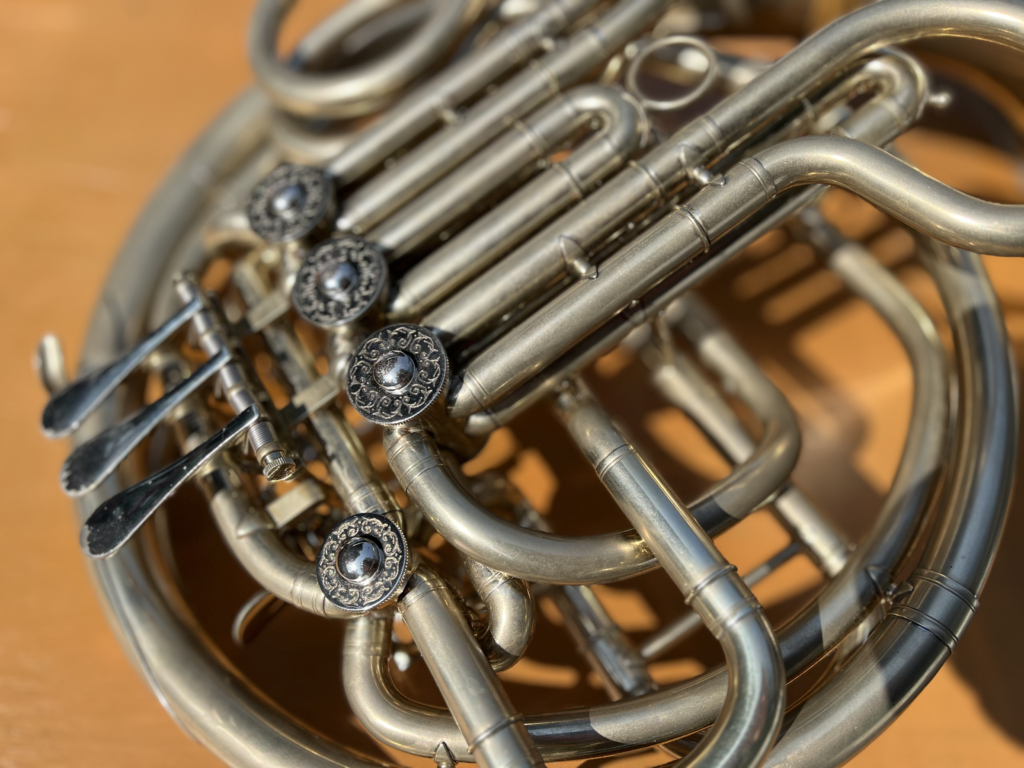
Some people look at SAFe® and they say a couple of things. They say, “Wow, that is really complex, and it has a lot of rules.” And then they kind of dismiss the whole framework because of that.
Some even use the word “rigid.”
But those of us who have been on the inside of SAFe® transformations for many years don’t see it quite that way. I think it’s good to remember that SAFe® is designed to work with complex systems… some of the most significant and most complex systems on the planet actually. By the nature of the problems SAFe® is trying to solve, the framework will also have some complexity. The key thing here is that it should not be more complex than it needs to be. By and large, I really do think that is the case.
I can give you an analogy. My son is a musician. He plays the French horn and he’s on scholarship continuing his studies at university. Some people look at the horn with all the tubes and valves and they say the same thing. “That seems like an overly complex instrument. I can’t even tell where all those tubes are going!” But here’s the thing: There’s a reason for each and every part. If you know the French horn you know it has two different sides and keys. One in B-flat, and one in F. Now, does that make it harder to play? Having to think about all that at once? Yes. It does. But there’s a reason for that.
Because the French horn has so much length, it has a very large range, and it can handle many octaves. You need that entire length to produce a good result for most of the range. However, when you get to the upper registers, you need a shorter piece of tube in addition to the longer one. Because of that, the fingerings become different. The shorter bit of tube helps the upper range become more precise. When performing the French horn, you must always pay attention to which side of the horn you are using, and it is up to you to make the right choice in order to get the best sound.
Here’s the important point. If you didn’t have that other tubing, you would not get the beautiful sounds everyone expects from a French horn. It is only as complex as it needs to be.
Think about this the next time you approach SAFe®. It’s more important to keep in mind the results you seek, then add the things you need to in order to get those results. Sometimes you need that full complexity in order to hear the deep and rich melody you are after.



